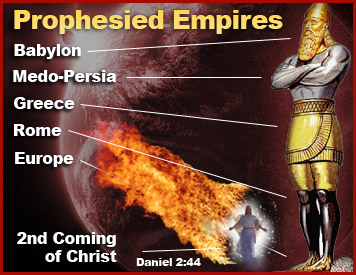One of the most sinister
characters in American history is the infamous turncoat, Benedict Arnold
(1741-1801). At the outbreak of the Revolutionary War, he joined the American
army as a colonel and in 1775 shared a command with Ethan Allen in the capture
of Fort Ticonderoga. Later he led 1,000 men into Canada where he fought in the
battle of Quebec. His courage in the battle of Saratoga proved to be a turning
point for America, and won him the approval of Gen. George Washington. But
something went wrong with the gifted military man.
Arnold grew green with
envy after five men of lesser rank were promoted over him. The root of bitterness began to grow deeper
and deeper in Arnold until one fateful day in 1780. Arnold secretly met with British Major John
Andre to discuss handing over West Point to the British in return for the
promise of a large sum of money and a high position in the British army.
However, before that
happened, a British spy was captured carrying papers that exposed Arnold’s
plan. Benedict Arnold barely escaped and he went down in history known as “the
best general on either side of the conflict.”
The story of Benedict
Arnold reminds me of Judas. Even though he traveled with Jesus he was not
committed to the cause. John tells us
that Judas was the treasurer of Jesus’ operation and that he often pilfered
funds for his own use (John 12:6) On the night of his cowardly betrayal he
became a tool of Satan (John 13:27).
Judas ended up selling the Son of God for a measly 30 pieces of silver
and betrayed Him with a kiss (Mark 14:43-45). One commentator insightfully said
of the kiss that, “Judas was kissing away the door of heaven and becoming
guilty of deicide—the killing of God.”[1]
If there is one thing that
we learn from Judas it is this—that it is possible to be near to Christ and to
associate with him on a superficial level and yet have a heart that is
calloused, hardened and in rebellion against Him. It is possible to spend a lifetime
in church and yet not be saved. If Judas
were alive today, we would award him with an Oscar—because he was quite the
actor. Superficiality can look a lot like true spirituality.
What makes this so scary
is that Judas was not the kind of person who comes into a service late and sits
in the back row. He was not the kind of person who did that and then left
before the benediction. No, he’s the Sunday school teacher. He’s the deacon.
He’s the treasurer. Maybe he’s even the pastor, and nobody knows what is in his
heart.

Perhaps, you’ve wondered
“if Jesus was omniscient then why did he select Judas to be a disciple if he
knew that he would inevitably betray him?” I like how Dr. Erwin Lutzer answered
that question when he wrote:
“Why did Jesus choose Judas? Possibly it’s because Judas represents the
whole human race. Jesus wanted to tell
future generations, “This is the heart of man.
This is what man is—he has the ability to appear good on the outside,
but inside he is rotten. Judas shows us that the gate to hell is right beside
the door to heaven.”[2]
Matthew’s more detailed
account records that because of the guilt that had overtaken him, soon after
this Judas committed suicide. He could not live with his blood money and with a
short rope he noosed himself around a tall branch (Matt. 27:3-5). Scattered
throughout the Scriptures there are many epitaphs. Perhaps over Judas’ grave we
should write a quote from Jesus, “It would have been better if he had never
been born (Matt. 26:24).”
It’s been said there are
three kinds of believers in every church: believers, unbelievers, and
make-believers. Judas is a warning to us
that it’s possible to be close to the truth of God and yet still be far away. C.S. Lewis wrote, “You will certainly carry
out God's purpose, however you act, but it makes a difference to you whether
you serve like Judas or John.”[3]

